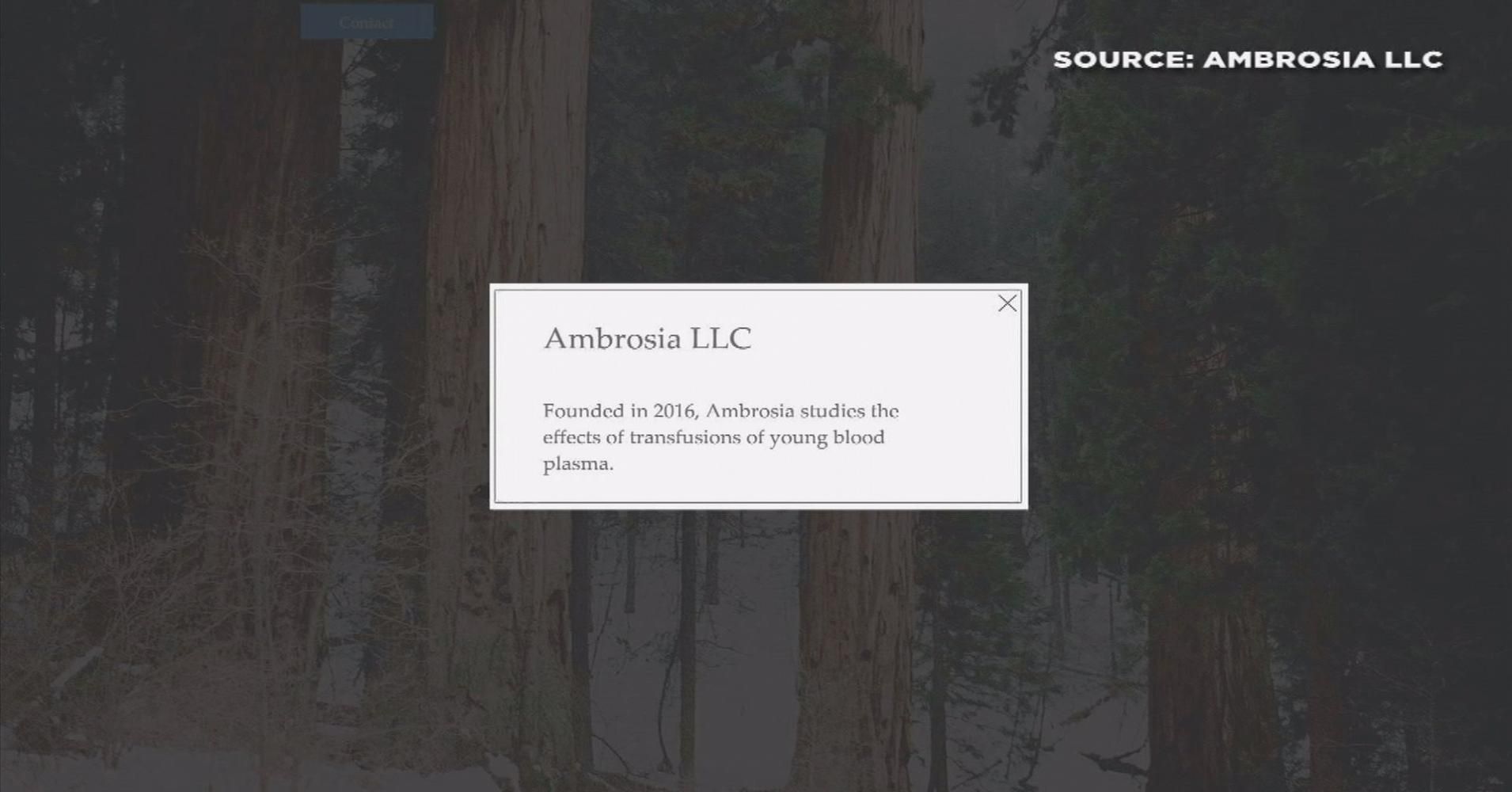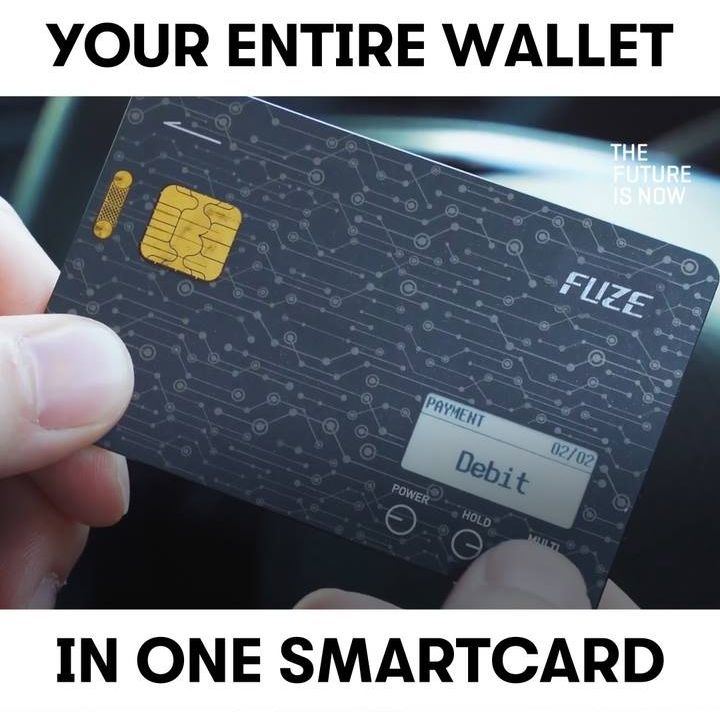3½ years ago, I wrote a Bitcoin wallet safety primer for Naked Security, a newsletter by Sophos, the European antivirus lab. Articles are limited to just 500 hundred words, and so my primer barely conveyed a mindset—It outlined broad steps for protecting a Bitcoin wallet.
In retrospect, that article may have been a disservice to digital currency novices. For example, did you know that a mobile text message is not a good form of two-factor authentication? Relying on SMS can get your life savings wiped out. Who knew?!
 With a tip of the hat to Cody Brown, here is an online wallet security narrative that beats my article by a mile. Actually, it is more of a warning than a tutorial. But, read it closely. Learn from Cody’s misfortune. Practice safe storage. If you glean anything from the article, at least do this:
With a tip of the hat to Cody Brown, here is an online wallet security narrative that beats my article by a mile. Actually, it is more of a warning than a tutorial. But, read it closely. Learn from Cody’s misfortune. Practice safe storage. If you glean anything from the article, at least do this:
- Install Google Authenticator. Require it for any online account with stored value. If someone hijacks your phone account, they cannot authenticate an exchange or wallet transaction—even with Authenticator.
- Many exchanges (like Coinbase) offer a “vault”. Sweep most of your savings into the vault instead of the daily-use wallet. This gives you time to detect a scam or intrusion and to halt withdrawals. What is a vault? In my opinion, it is better than a paper wallet! Like a bank account, it is a wallet administered by a trusted vendor, but with no internet connection and forced access delay.
Exchange and cloud users want instant response. They want to purchase things without delay and they want quick settlement of currency exchange. But online wallets come with great risk. They can be emptied in an instant. It is not as difficult to spoof your identity as you may think (Again: Read Cody’s article below!)
Continue reading “Wallet Security: Cloud/Exchange Services” »



 One of the missions of Lifeboat Foundation has always been to contemplate the protection of our fragile Spaceship-Earth and to contemplate a day when we may need to migrate from this tiny stage. Yesterday, that day may have been moved a lot closer. But I am getting ahead of myself.
One of the missions of Lifeboat Foundation has always been to contemplate the protection of our fragile Spaceship-Earth and to contemplate a day when we may need to migrate from this tiny stage. Yesterday, that day may have been moved a lot closer. But I am getting ahead of myself.


 With a tip of the hat to Cody Brown, here is an
With a tip of the hat to Cody Brown, here is an 










